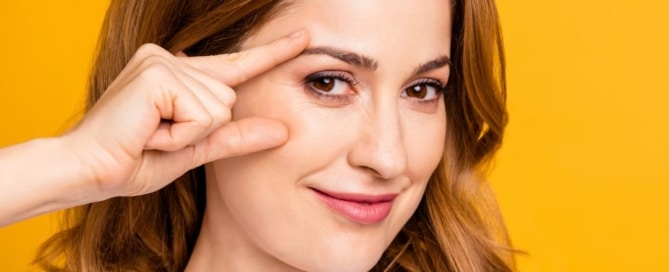Why a Facial Plastic Surgeon Should Perform Eyelid Surgery
Blepharoplasty is one of the most common plastic surgery procedures performed today. This procedure, performed on the upper or lower eyelids, has such a profound effect that it can bring new energy to the entire face. That is if all goes well. The fact is, any surgical procedure that is performed has inherent risks. Every […]
Why a Facial Plastic Surgeon Should Perform Eyelid Surgery Read More »



